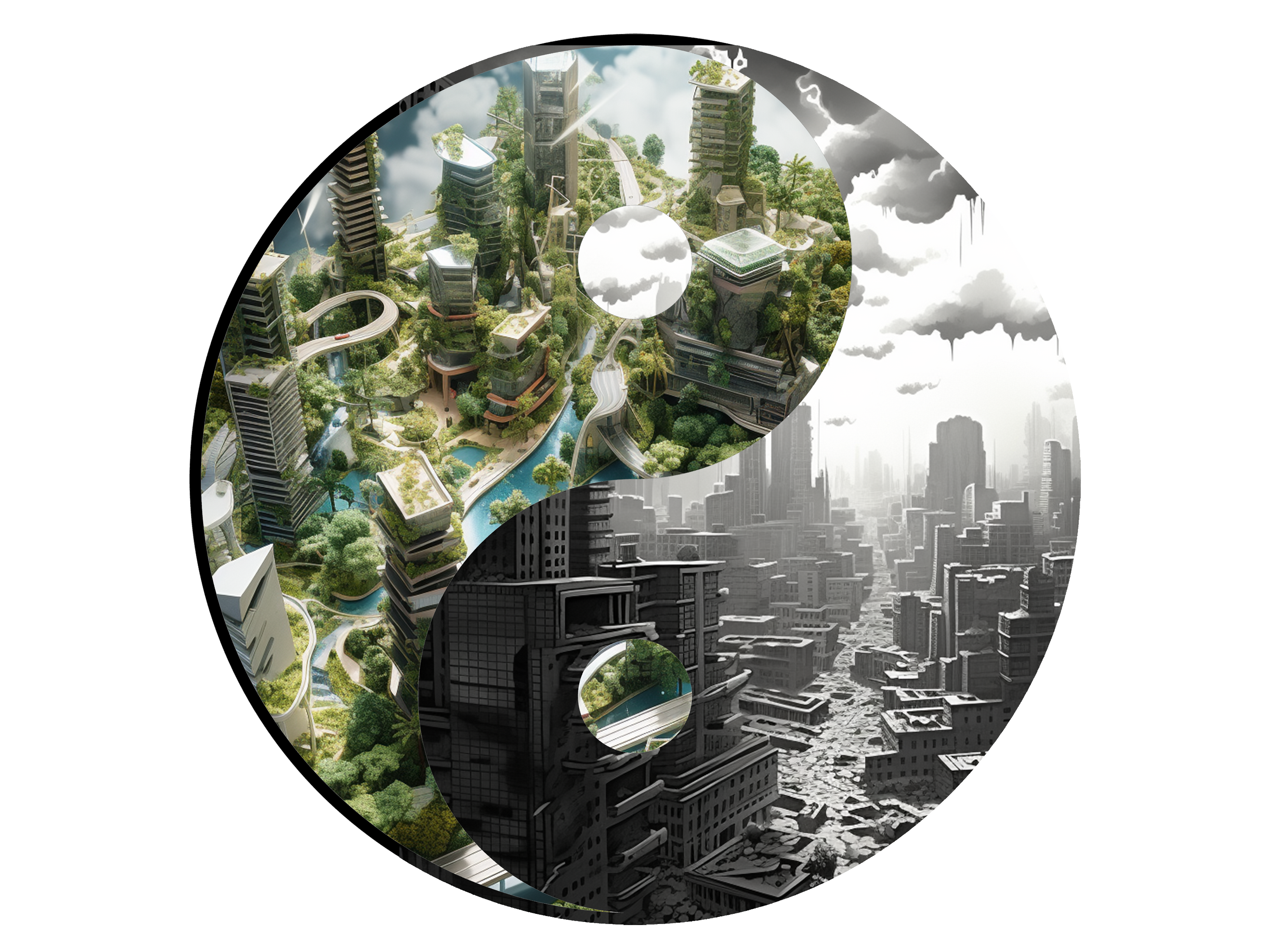
Ecological designs mimic nature, aiming to produce systems that generate no waste and positively impact the environment. We will consider the opposite ends of an ideal civilization: a utopian and dystopian world.
Utopian: A future when there is a balance between satisfying living creatures (Humans, animals, and plants) needs in a space/building through an efficient use of natural resources and waste management.
A dystopian civilization where we do not follow the correct path is the downfall of civilization.
Examples towards Dystopia:
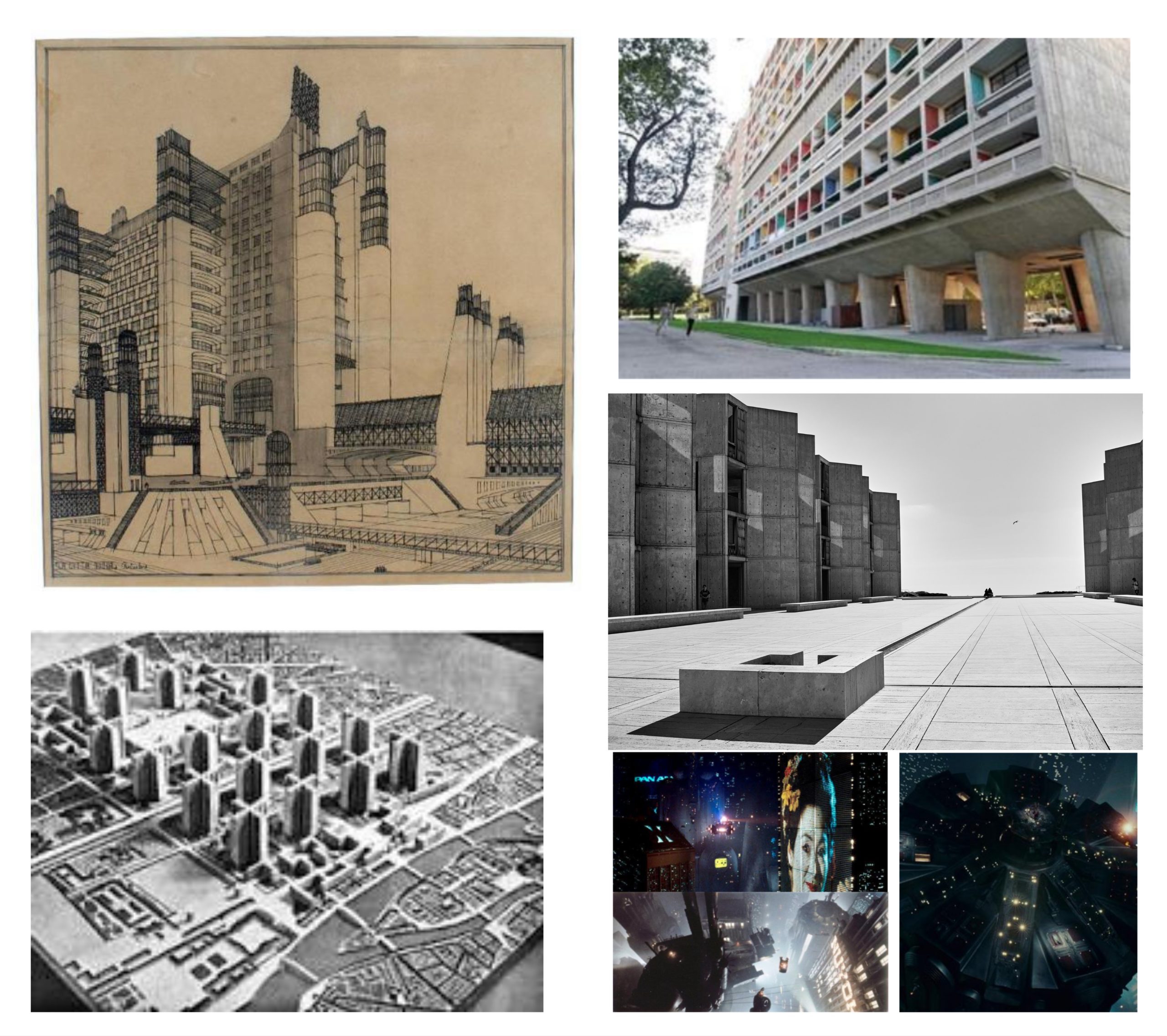
Today’s architecture is the result of urbanism and civilization, starting from the Industrial Revolution and the society of mass production to the foundation of the modernist movement when people started believing in science and technology and when architecture became all about function. We had Starchitects like Le Corbusier and Mies van der Rohe who had the concepts of “Architecture is a machine to live in” and “Less is more,” respectively—emphasizing functionality and ditching building aesthetics.
Notably, most Dystopian projects tend to follow the brutalism design approach as for Luis Kahn Salk Institute, where we have an excessive use of fair-face concrete, no regard for aesthetics, bulky form, and a visible skeleton system.
Examples towards Utopia:
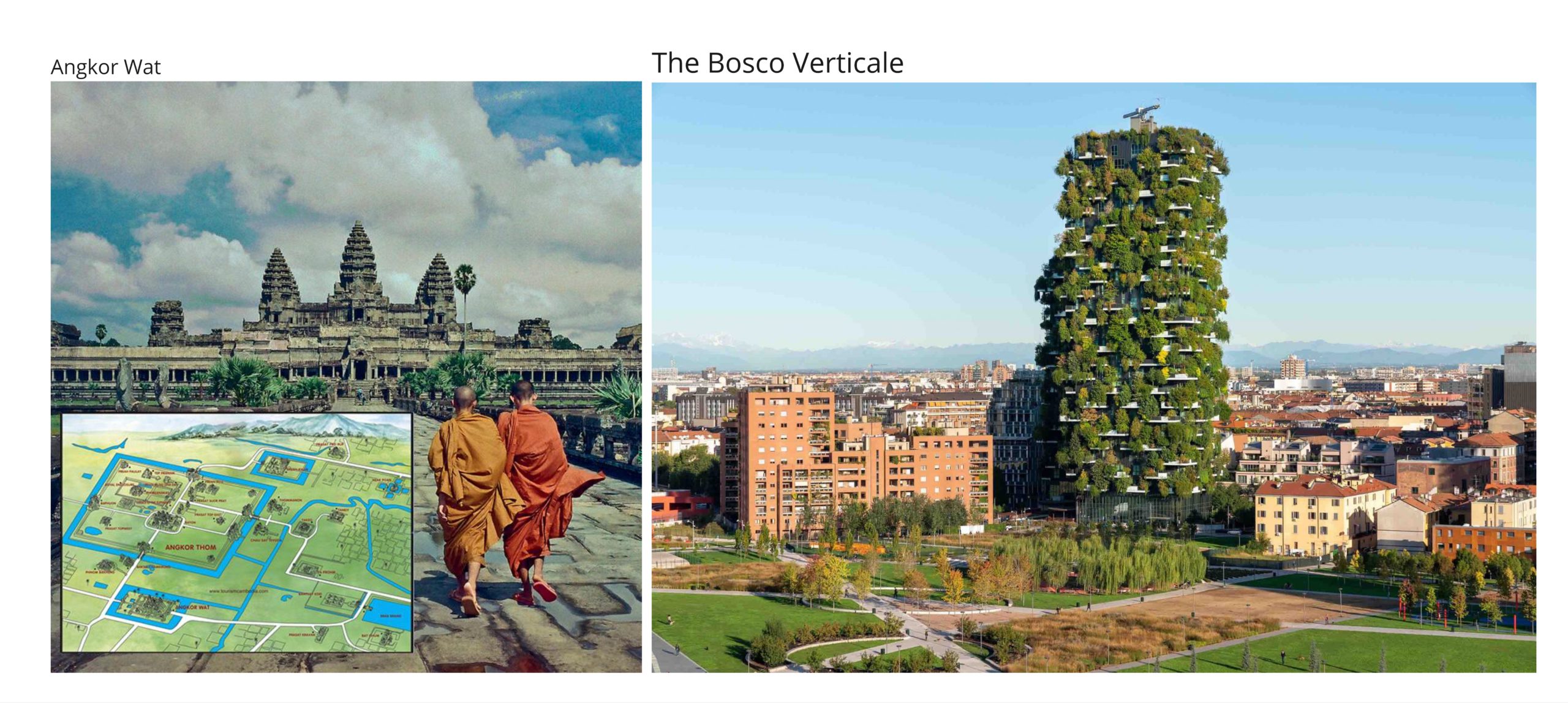
Nonetheless, we consider some historical projects to adopt some ecological characteristics, like the Angkor Wat, a complex of temples that used the water resources around it very efficiently. We later see modern designs like The Bosco Verticale, highlighting how dense urban living can coexist with nature and addressing challenges like pollution and the loss of green space.
Here are two imaginative futures Utopian and dystopian:
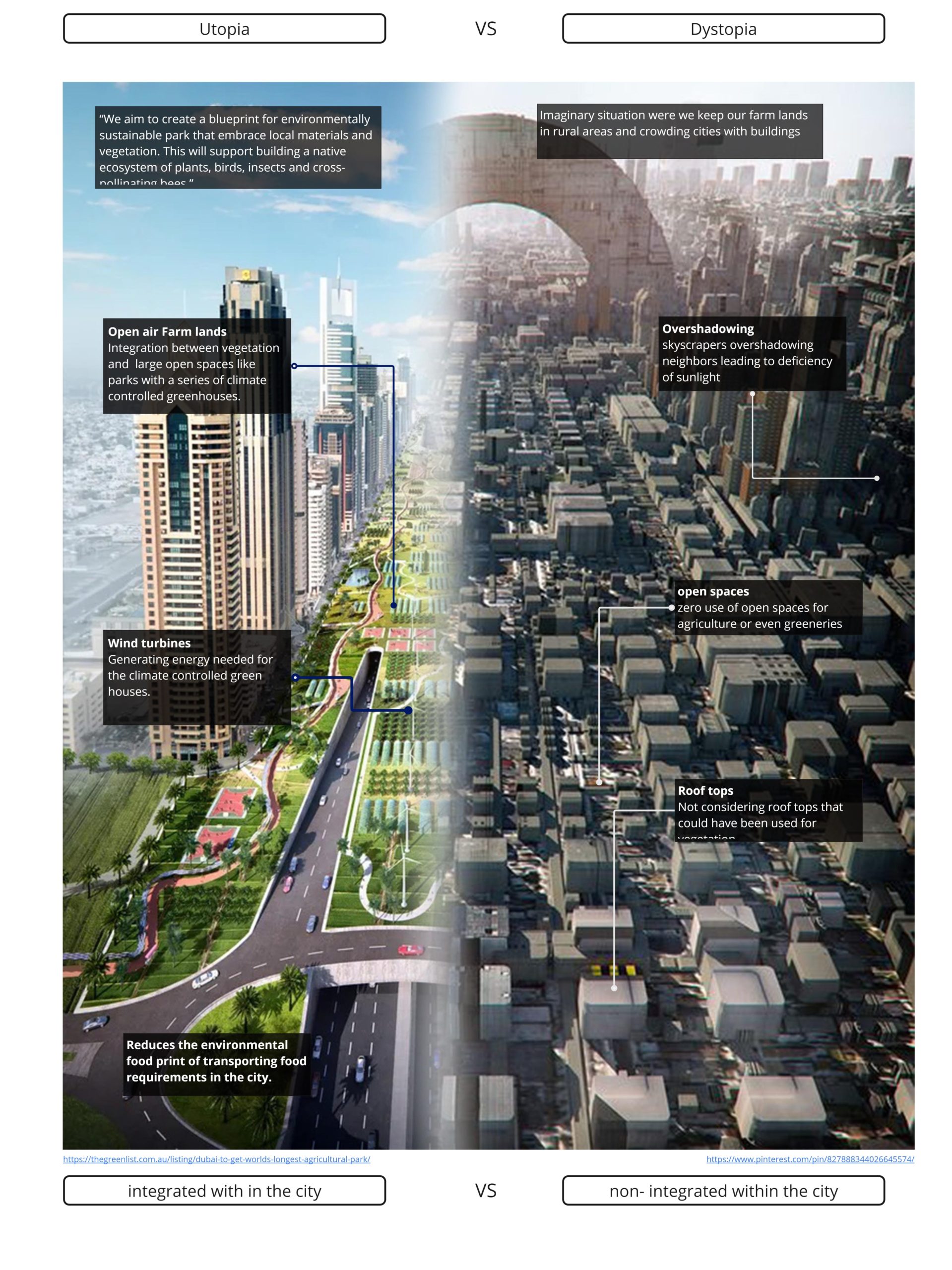
on the left side, a project is being considered in Dubai called the “Super Park”, there is integration of vegetation or farmlands within the city reducing a margin of carbon emissions of transporting food to the city and generating energy from renewable resources like wind turbines. And on the right side we can see an imaginary future if we keep consuming land and resources without designing ecologically, and efficiently using the spaces above our heads and below our feet.
Conclusion:
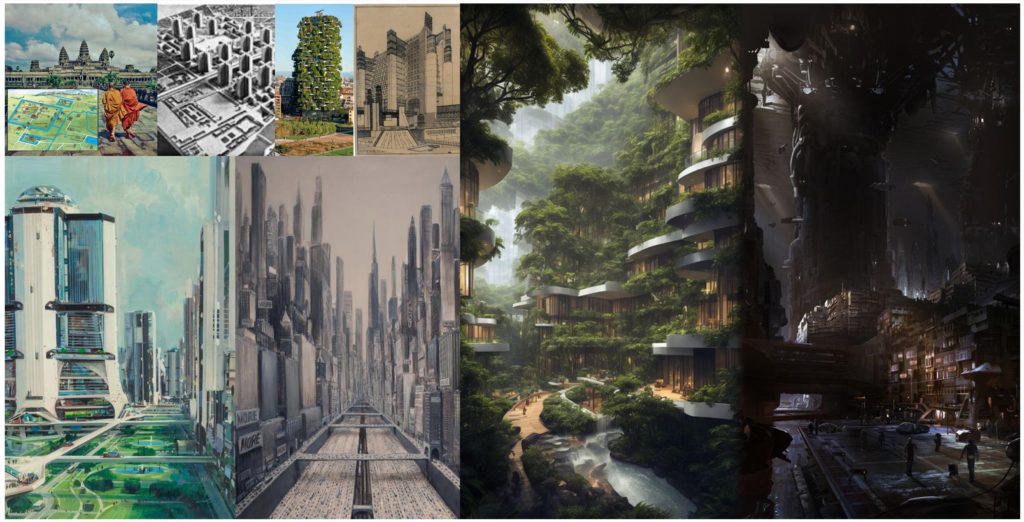
Its not a secret for us that we’re heading toward a dystopian future, despite our efforts yet personal benefits and greed exceeds the needs for any true reforms to save the planet, and with new challenges on the rise such as AI and the unprecedented arms race around the globe , the question remains how much more we need to destroy before making the right choices ? what kind of future will we leave for future generations ? will there be any resources left for them on this planet or will they have to aim for the stars searching for a new planet to call home ? so many questions yet no clear answer.

